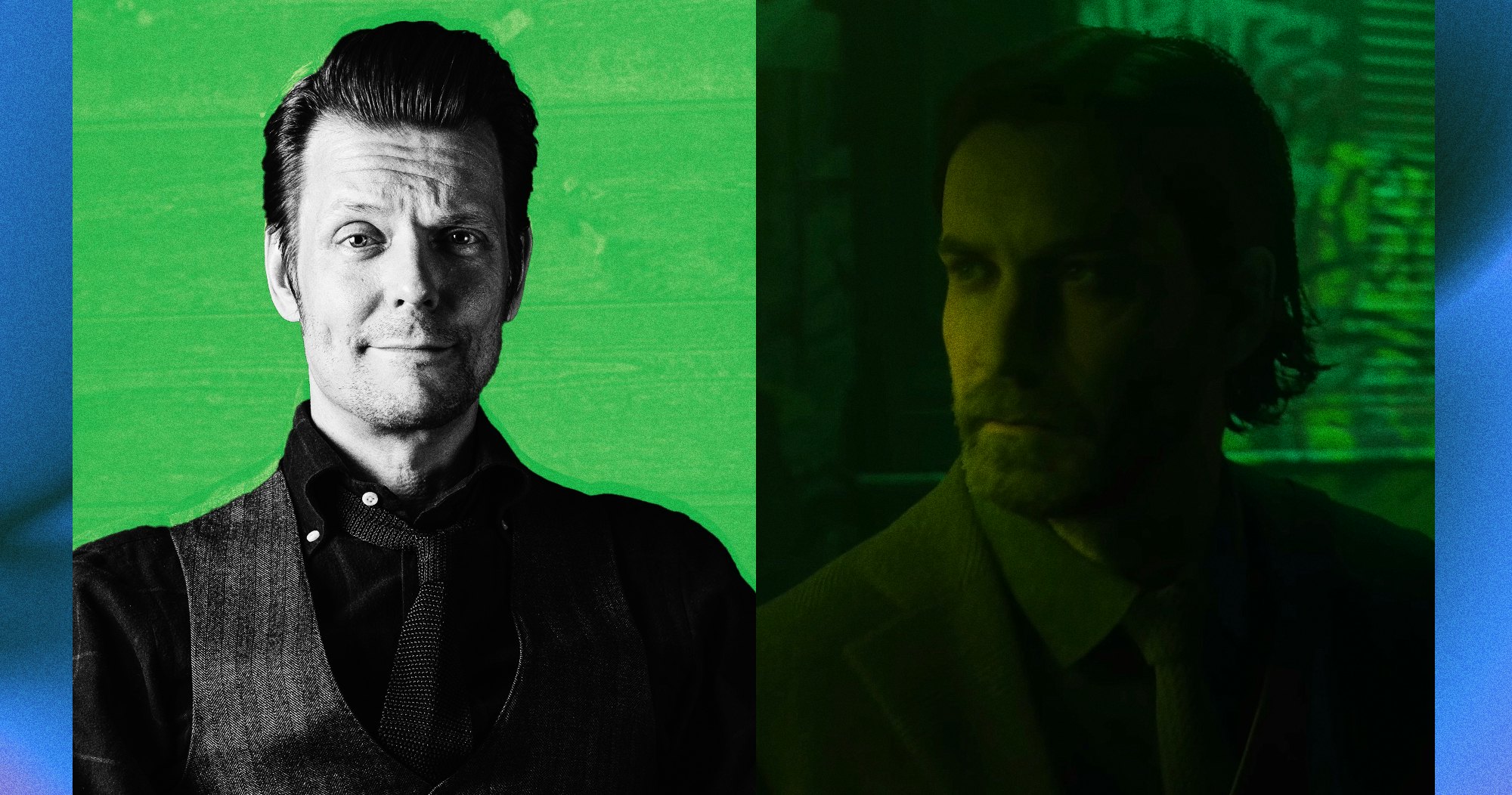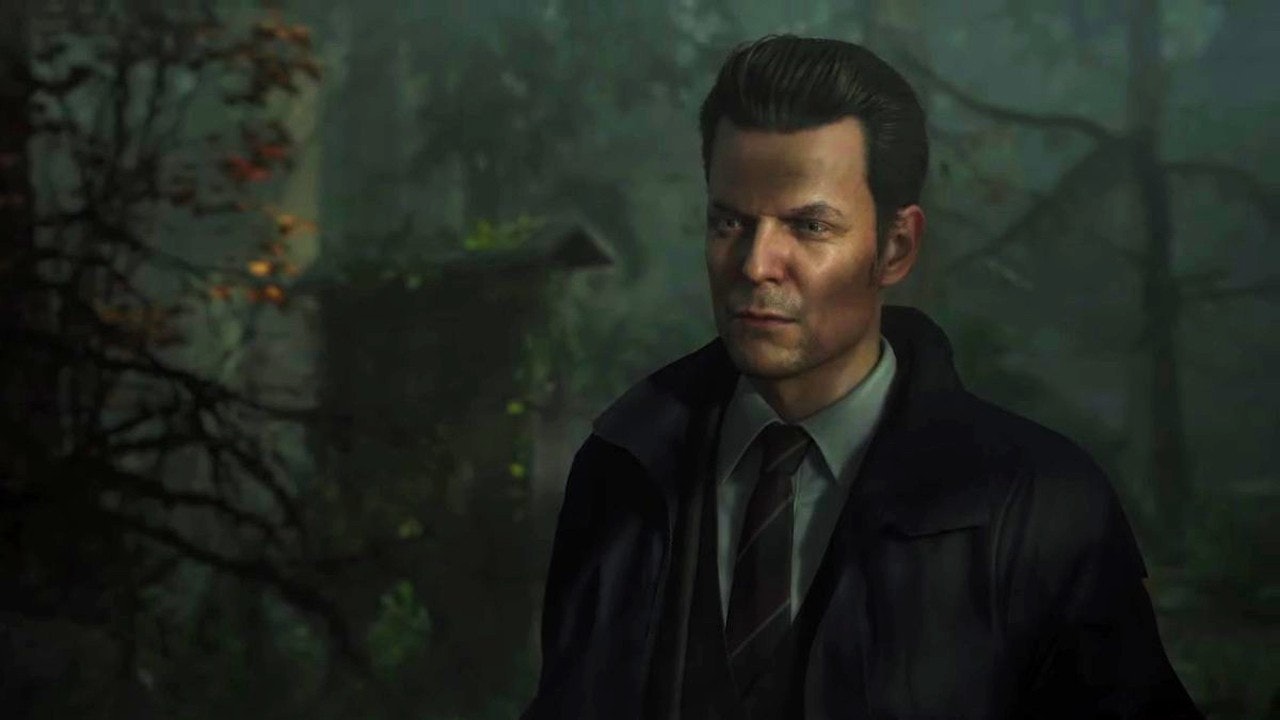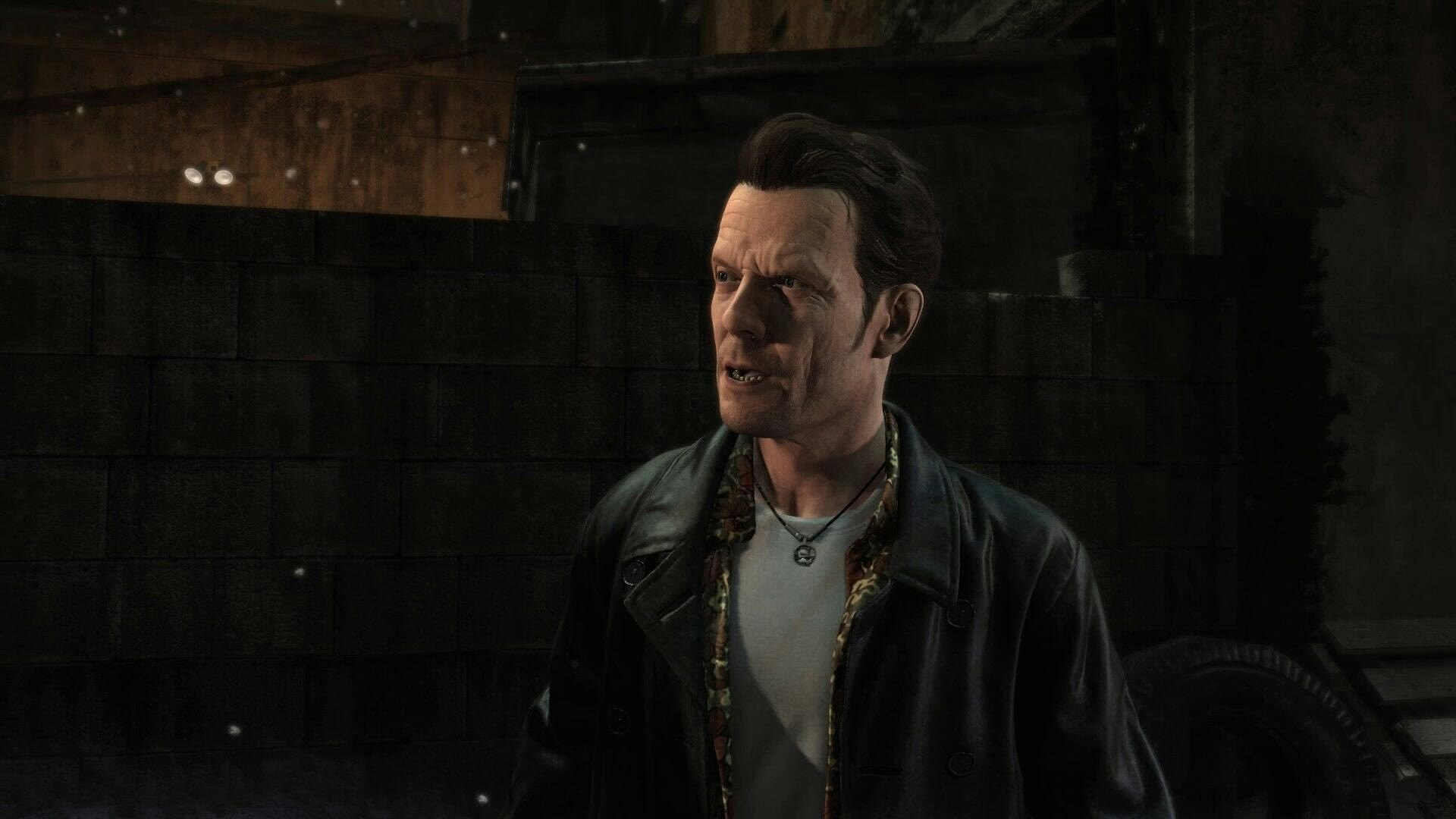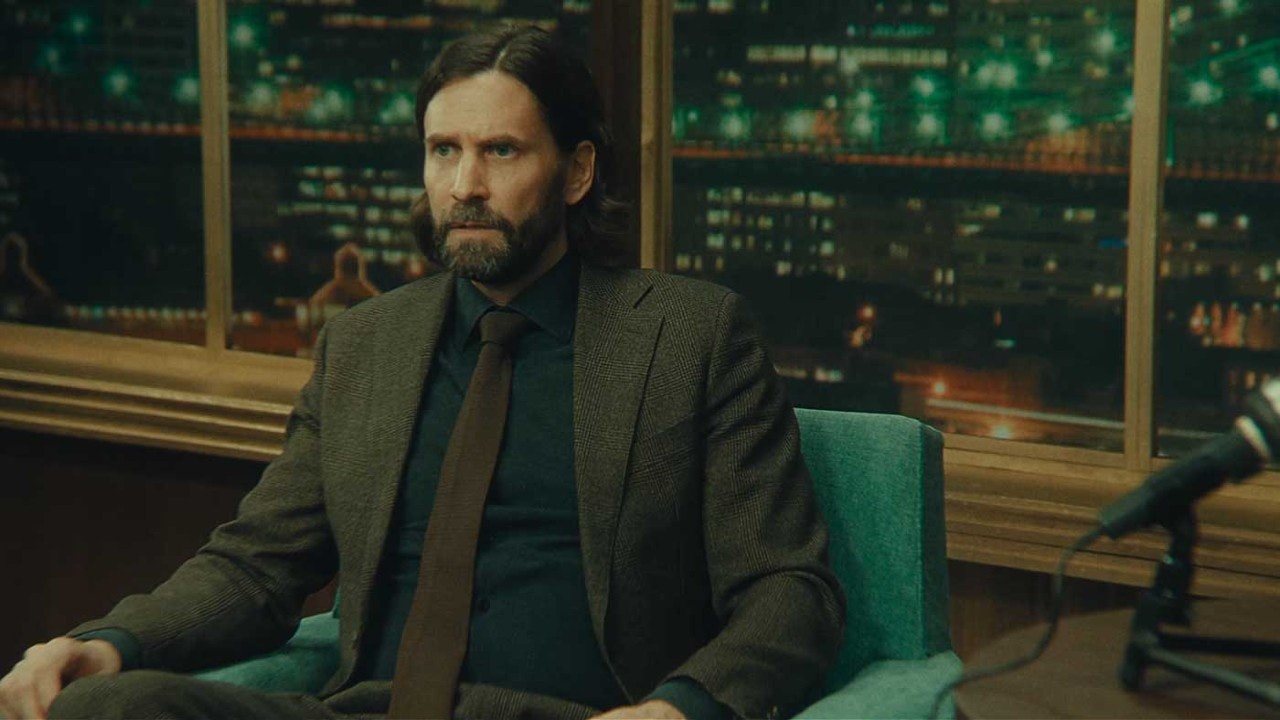
There are two things Sam Lake loves more than anything: coffee and Twin Peaks.
His TikTok is filled with dozens of brief clips of the video game writer taking a single sip of coffee in various situations and dapper outfits — even one while he’s swimming in an actual lake. Lake has an innate affinity for the offbeat and idiosyncratic. That’s immediately apparent in the way his entire body lights up when I ask about Twin Peaks, prompting a 10-minute dissection of the 2017 reboot/revival season Twin Peaks: The Return, which he was “thrilled” by.
There’s an undeniable charm to the passionate way Lake talks about the things he loves, which naturally includes the cult-classic games he’s masterminded — Max Payne, Alan Wake, and Control. There’s a quirkiness to those titles that speaks to the offbeat personality of the writer himself. (Sam Lake is a pen name — his full name is Sami Antero Järvi, and “järvi” means “lake” in Finnish.) For Lake, games are a marriage of magic and technology, and the upcoming Alan Wake 2, out October 27, is a culmination of that philosophy.

And the stakes are higher than ever. Lake says there’s “a lot more work in creating what you see in any single screen” of Alan Wake 2 than any of the studio’s past projects. Those higher stakes mean the development team needs more time and resources, which Lake says leads to a “back and forth” of solving problems and discovering new ones. He says that’s part of what he loves most about creating games.
“We are so married to the technology we use to play and create games, and the speed at which that has advanced has been such a great gift through the years,” Lake tells Inverse. “We are always exploring and always innovating on something nobody else has done on the planet. I appreciate the artists of different fields coming together to create a game. To me, there is something magical in it.”
“Why wouldn’t we try to be ambitious within the framework of an action game?”
Lake has been crafting magic since 1996, working as creative director at the Finnish development studio Remedy Entertainment as well as being the primary writer on its biggest titles. While attending the University of Helsinki, he connected with studio co-founder Petri Järvilehto, who needed writing help for a racing project called Death Rally, a vehicular combat game that featured an understated story delivered mostly through pre-race text. Lake’s narrative ambitions grew from there, culminating in the influential 2001 action game Max Payne.
“After Death Rally, I really felt like we could do deeper stories. Why wouldn’t we try to be ambitious within the framework of an action game?” Lake explains. “That’s what ended up being Max Payne, and from then on being on that path of interactive storytelling and finding new ways to use different mediums as part of it.”
Centered on a New York cop-turned-vigilante, this collaboration with Grand Theft Auto creator Rockstar Games was thrown together on a shoestring budget. Lake wrote the story and also served as the mo-cap model for Payne. Comic book-style panels replaced more expensive cutscenes. The result was a mix of live-action and rendered graphics that became a trademark style for Remedy, which the studio continues to experiment with in Alan Wake 2.

Ever since Max Payne, Lake has become known for character-driven stories peppered with supernatural elements. The best-known examples are 2010’s Alan Wake, where a writer’s horror novel comes to life, and 2019’s critical darling Control, centered on a government agency that investigates otherworldly events.
Lake’s work consistently plays with the boundaries between narrative forms, investigating the ways games, books, and movies can overlap. The character of Alan Wake is inspired by the life and works of Stephen King, who sold the quote that opens the first game to Remedy for just $1. Meanwhile, Control bears a striking similarity to the viral collaborative writing project SCP Foundation, which revolves around a secret organization that studies the paranormal. Lake tells Inverse he knew nothing about SCP until the game was well into development, though he doesn’t see those similarities as a coincidence.
“Pop culture is this big cauldron of soup that many people put things in, and then we mix it up, and we draw inspiration out of it,” he says. “The biggest thing that a creator can hope is that they end up contributing into that soup for someone else to level things out.”

Alan Wake 2 is the culmination of a decade-spanning project to build an interconnected game universe inspired by Lake’s love for the fourth-wall-breaking tendencies of postmodern literature. These ambitions started out small, like Alan Wake’s novels appearing in the 2016 time-manipulation shooter Quantum Break. Control’s 2020 AWE expansion connects directly to Alan Wake, and that truly busted open the floodgate of ideas. Lake describes the Remedy universe as a “game within a game,” a dynamic dialogue between all of the studio’s titles.
“Studying at university, postmodern literature was very exciting to me, the idea of a novel having a dialogue with the reader, acknowledging the reader and almost playing a game with them,” he explains. “What does that mean in the context of playing a game? Easter eggs have been in video games for a long time. But it was always fascinating to me the idea that it can be something more, a meta-level of commentary.”
“We still have work to do to really make games a recognizable cultural art.”
As Lake continues to keep pushing the boundaries of game narrative, he hopes to see the same from other developers and publishers.
“We still have work to do to really make games a recognizable cultural art,” Lake says. “In Finland, you’ll see games in the business section rather than the culture section in any major newspaper. As an industry, we’re creating impactful works of art all the time. But I don’t feel as a whole it’s seen that way.”

It’s a daunting challenge for the industry, but Lake sees opening up creative positions to diverse talent as vital to telling a wider array of stories. With AAA game budgets creeping into the hundreds of millions — and even billions — Lake says indie developers have greater incentive than ever to try new things.
“We need to be bold enough and keep experimenting with interactivity in story and interactivity in visuals. We need to be making sure that we have creators or artists bringing in themes, topics, personality, and unique approaches that excite them,” he continues. “For Remedy, it has been a clear strategy that we are building according to our own vision. We create the games that we are excited about, and find ways of building around that.”
It may be surprising in light of the play across mediums that’s a hallmark of his work, but Lake isn’t particularly moved to join the trend of game adaptations like The Last of Us, Cyberpunk 2077, and Uncharted. Instead, he sees that trend as further evidence of something games need to improve upon — their fictional worlds ought to be interesting enough to sustain standalone narratives, rather than simply translating an old story into a new medium.
“In a fictional world, we can have a TV or a film. But maybe that film can just be a great film and live outside of the game as well,” Lake explains. “This layering of different mediums could make our fictional interactive experience world more real — and also bring together other art forms in a very ambitious way.”
In other words, if Alan Wake ever gets his own TV series, don’t expect it to play the hits from the first two games.







